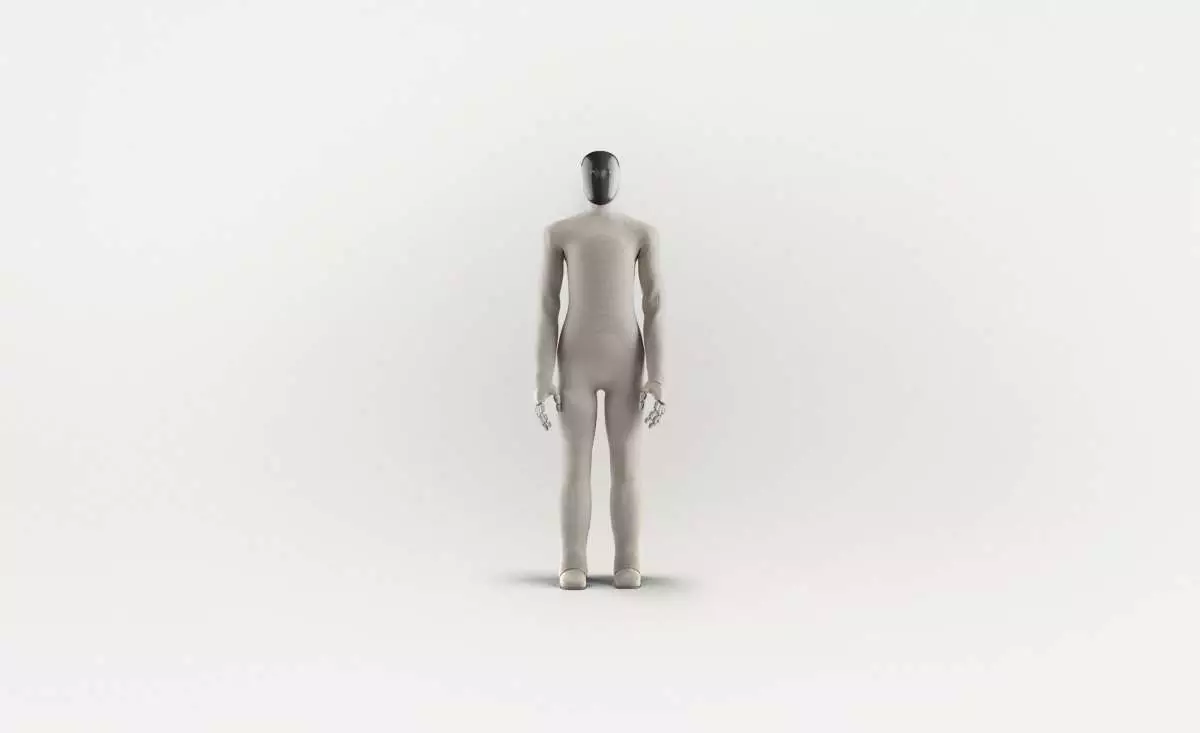The robotics industry is undergoing rapid evolution, and Norwegian robotics firm 1X has recently made headlines with the unveiling of its latest development, the Neo Gamma. This new humanoid robot is not just a successor to its predecessor, the Neo Beta, but a statement about the future of home automation and assistance. Unlike previous models, the Neo Gamma emphasizes a more human-centric approach to its design and functionality, indicating a shift in how robotics can integrate into our daily lives.
1X has carved a unique niche for itself in a crowded field dominated by companies like Agility, Boston Dynamics, and Tesla. While many of these firms gravitate toward industrial applications, prioritizing warehouses and factories, 1X has entrenched itself firmly in the home environment. The Neo Gamma represents a pivot toward making domestic chores simpler and more accessible. Images released by the company showcase a robot capable of performing various household tasks—making coffee, doing laundry, and even vacuuming—more efficiently than traditional methods. The vision of a personal aide within one’s home brings both excitement and skepticism, as history has shown that home robots struggle to deliver on their promises.
One of the most striking features of the Neo Gamma is its design. Gone are the sharp corners and rigid forms often associated with industrial robots; instead, the Gamma sports a welcoming exterior made from knitted nylon. This design choice reflects a growing awareness of the importance of safety, particularly in environments populated by vulnerable individuals, like the elderly. The notion that robots should be inherently less threatening is critical as manufacturers try to assuage fears associated with introducing advanced technologies into the home.
Furthermore, 1X emphasizes the importance of on-board AI technology in ensuring safety and efficiency. The AI system is designed to have a high level of situational awareness, significantly reducing the risk of accidents in the home. Incorporating teleoperation features allows a human operator to intervene if necessary, blending the advantages of autonomy with the reassurance of human oversight. This dual approach could be a game-changer in garnering public trust as robotic technology infiltrates domestic spaces.
Despite the optimism surrounding the Neo Gamma, it would be naive to ignore the challenges the home robotics sector faces. Although vacuum robots like those produced by iRobot have found significant market footholds, more complex automation has been elusive. For 1X and other aspirants to succeed, their technologies must tune into substantial obstacles like reliability, affordability, and functionality. These are not merely technical hurdles, but also consumer expectations; people want assurance that these robots will genuinely improve their lives without breaking the bank or becoming a liability.
1X’s focus on age-tech—robotics designed for the aging population—highlights a vital market opportunity. As communities grapple with an aging demographic, the promise of robots that enable independent living for older adults is both appealing and essential. However, for this promise to be realized, home robots need broader capabilities and must convincingly demonstrate their value in enhancing everyday living.
Another noteworthy element of the Neo Gamma’s launch is its relationship with OpenAI, which has invested in 1X. The collaboration hints at the potential for more sophisticated interactions between humanoid robots and their human counterparts. The role of generative AI can enhance how robots communicate, making conversations more organic and intuitive. However, it remains to be seen how much of the enhanced functionality in the Gamma is a direct result of this partnership, especially when considering 1X’s acquisition of the startup Kind Humanoid.
1X remains somewhat reticent about the specifics concerning production numbers and future plans for the Neo Gamma. The videos showcased during the launch serve as compelling proof of concept, unveiling a vision of what a humanoid assistant could be in a home environment. As companies transition from experimental stages to rollouts in industrial settings, the challenge remains: can they transition those successes to the living rooms of consumers?
With the unveiling of Neo Gamma, 1X has presented a vision that could redefine home robotics. The emphasis on design, safety, and AI capabilities reflects an understanding that people will only welcome robots into their homes if they can trust them. Nonetheless, achieving the necessary balance of functionality, affordability, and safety will be the determining factor for the future of home robots. As we reflect on this emerging landscape, optimism must be tempered with realism, as the journey from prototype to household staple is fraught with challenges yet to be overcome.

